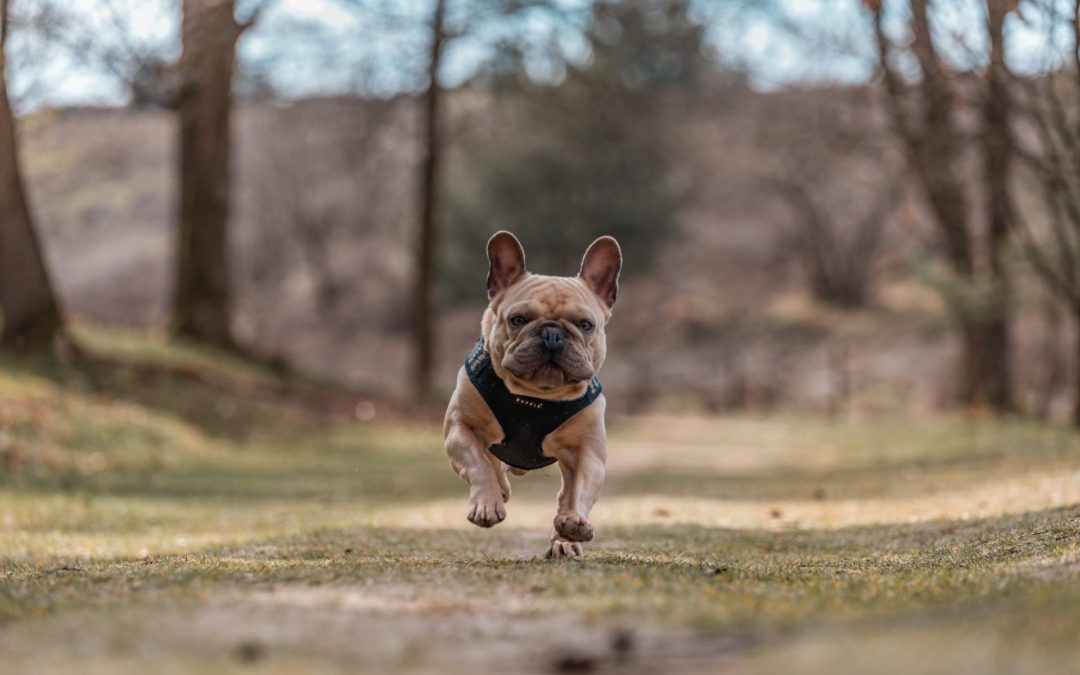Pet Obesity Prevention Starts with These 3 Steps
In honour of National Pet Obesity Awareness Day, which falls on October 12, you should pay attention to your pet’s weight. Overweight pets are at an increased risk for developing respiratory problems, heart disease, osteoarthritis, skin issues, endocrine disease, and some cancers. Keep your furry friend in good shape by learning how to judge their body condition score.
Step 1: Look at your pet from above
First, have your pet stand up and position themselves in a straight line. Look down at your pet’s waistline. Ideally, your pet should have an hourglass shape so that their abdomen dips inward between the end of the ribcage and the hips. You may need to run your hands along your pet’s sides to feel their waist if they are especially furry. If your pet’s waist appears to form more of a rectangle shape, they are too heavy.
Step 2: Run your hands over your pet’s ribs
In short-haired pets, you may be able to see their ribs. Their ribs, spine, and hips should not obviously protrude, but you should be able to see the faint outlines of these bones. Additionally, you can feel for your pet’s ribs under a thick coat. The ribs should be palpable without an excess fat layer covering them. If you have to push hard to feel your pet’s ribs, it’s time to contact your veterinarian and schedule a nutritional consultation and evaluation.
Step 3: Evaluate your pet from the side
Lastly, look at your pet from the side. Do they have a tucked-up abdomen, or does it pooch downward? You should be able to follow the line of the abdomen up into the hindquarters rather than seeing it flow straight across or sag down.
Now that you know how to evaluate your pet’s body condition score, do so periodically to ensure they maintain an ideal condition and weight. If you are struggling to help your four-legged friend lose weight, schedule a nutritional consultation and evaluation with our team.

